"Buy it in ChatGPT" Launch and the Future of AI Shopping
Buying pens with an MCP server, payment protocol wars, evaluating OpenAI's agentic commerce launch, and more.
We’ve all known that shopping was coming to ChatGPT eventually.
First, it’s too big of an opportunity to ignore.
ChatGPT has 700 million weekly active users and isn’t slowing down:
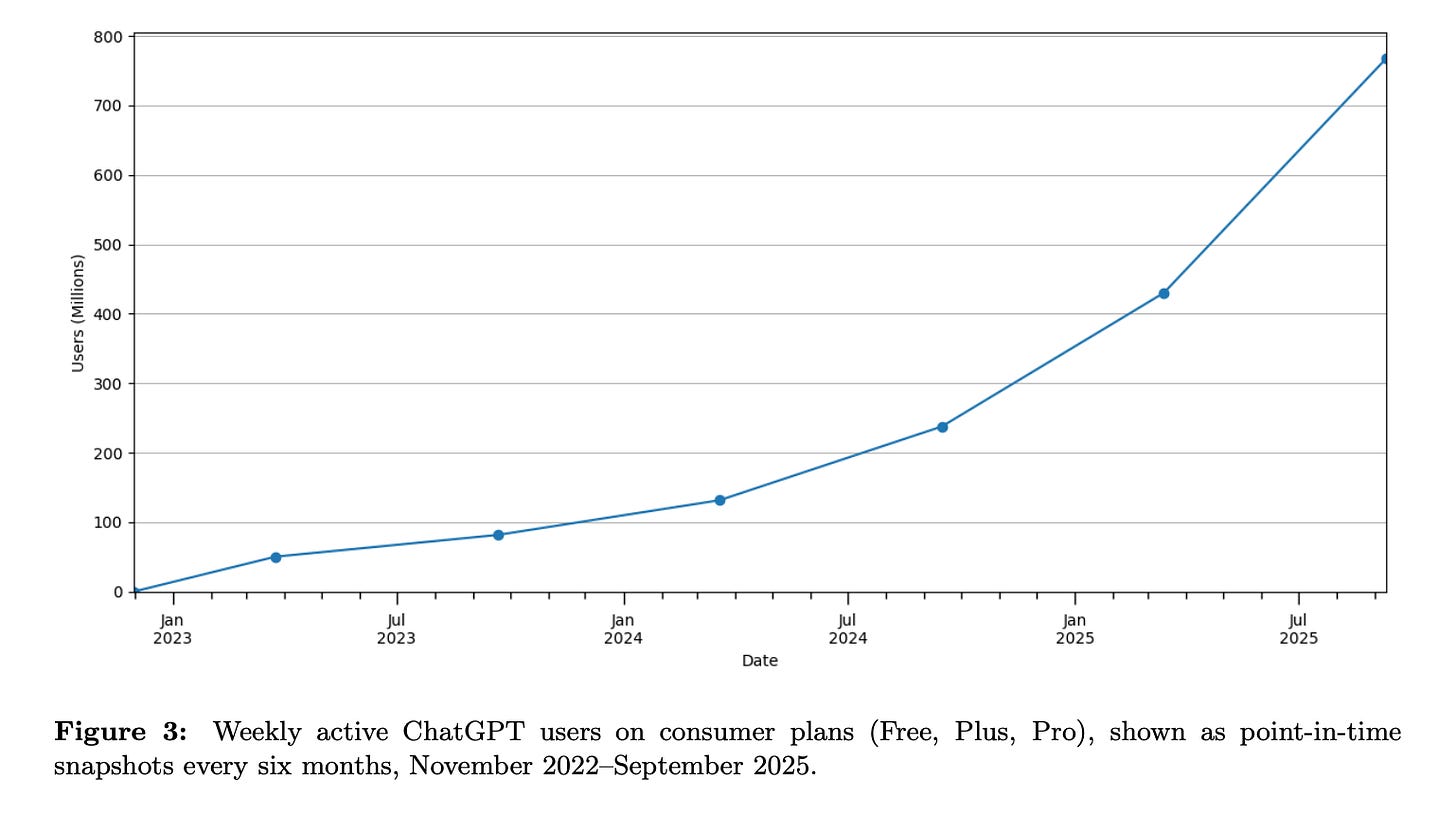
Collectively, those users send 18 billion messages a week1 about everything from fiction writing to fitness advice:

OpenAI’s current annualized revenue is $12B. Amazon does $50M+ of revenue in a typical month, with about half as many users.
And when OpenAI looked at how people were using their product, they saw that more than 2% of those 18 billion weekly messages were from users asking about specific, purchasable products, even though ChatGPT had zero shopping functionality:
Let’s do some quick math on how big this e-commerce opportunity could be for OpenAI::
Conservatively, this is at least a $100B opportunity. Less conservatively, it’s an Amazon-sized ($500B+) opportunity, or bigger.
ChatGPT Adds Shopping
So anyway, now ChatGPT supports e-commerce! Buy it with ChatGPT launched today, in partnership with Shopify, Etsy, and Stripe:
The launch is supported by yet another new protocol, the Agentic Commerce Protocol (ACP), which will allow people to checkout and purchase items directly in the chat.
While OpenAI has said they’ll charge a fee for transactions, they haven’t yet specified what that amount will be (Amazon charges sellers a referral fee of 8-15%, for reference, whereas credit card fees tend to be around 3-5%).
AI Shopping: Where We Are Today
OpenAI is not the first mover here, by any means. Perplexity has been testing shopping within their AI search engine for nearly a year:
Google also announced their own agentic payments protocol, AP2, a few weeks ago, and Shopify has been working on MCP-based shopping experiences for months.
I’ve tried out a bunch of these over the past few weeks, so I’m excited to share some of what I learned and how those relate to this big launch.
We’ll walk through:
Buy it with ChatGPT (so far)
Perplexity’s Purchase Notes and Google’s Future Intent
Fewsats’ Amazon MCP Server (powered by x402) and Transacting-in-AI
Buy it with ChatGPT (so far)
I tried my hardest, and I couldn’t buy anything with ChatGPT (yet). While the shopping experience is available to all U.S. Free, Pro, and Plus users, I couldn’t figure out how to trigger Instant Checkout using the Agentic Commerce Protocol.
While I could browse and search for products, but unlike in the demo video, I was always prompted to ‘Visit’ and checkout on Etsy rather than to ‘Pay Now’ using ACP:
Let me know if anyone figures it out! My assumption is that it’s just too new; it seems like only US-based Etsy sellers who’ve opted in are currently available to purchase from directly in-chat, and I don’t have a good way to find those specific sellers.
But, the UI experience is really nice:
For each product, I can see a range of pictures, compare prices on different sites, and get summaries of reviews. I was also impressed by the filtering, which seems to work across a wide range of sites.
For example, if I ask for size 6 and then click through to Timberland, size 6 women’s was already pre-selected for me:
This is really impressive for day one: accurate product info, translating my request into search parameters, and detailed images and multiple store options to help me build trust.
Checkout isn’t quite there, but I’m sure that will come soon.
As a compare / contrast, I’ll now share a few other agentic shopping experiences I’ve hard recently to show the range of what’s out there.
Perplexity and Google AP2’s ‘Future Intent’
One thing OpenAI’s launch doesn’t mention or support is what Perplexity calls Purchase Notes and what Google calls Intent Mandates.
The idea is simple: can I ask the AI to act as a true assistant and buy something for me in the future (based on my intent) rather than just pressing “buy now” on a single product that’s already listed?
Here’s an example. Perplexity prompted me to buy a pair of sandals without asking for size or color. I could either take my chances, or add those details as free-text “purchase notes” for the AI to interpret:
But, this isn’t a perfect system. When I clicked through to the seller’s site, the shoe was actually only available in Taupe and Women’s Size 9 — details Perplexity hadn’t reflected:
If I hit Buy Now but asked for a Size 6 in the notes, would the order fail? Or would the AI buy the wrong pair anyway? Without full context, both buyers and sellers risk being disappointed, and the AI tool ends up in the middle.
To stress-test this feature, I ordered a purse from Walmart via Perplexity. Perplexity listed colors like Brown, Beige, and Blue, but Walmart’s site showed Tan, Nude, Travertine, Light Blue, and Navy.
I chose “Brown” in Perplexity but added purchase notes requesting “Nude” or “Travertine”:
Surprisingly, the purse that showed up was Nude. While it’s hard to say if it was truly AI or there was a human in the loop, my intent was reflected, even though it went beyond what could be explicitly specified in the dropdowns:
While in this particular example, accurate product info would have eliminated the need to capture intent, you can think of lots of examples where you might want this:
“Purchase this for me when it comes back in stock”
“Buy Taylor Swift tickets when they are released.”
“Ask if they can embroider initials on it rather than a logo. If so, get it.”
Google is definitely betting on this with their competing payments protocol, AP2. AP2 puts a lot of emphasis on ‘delegated tasks’ - allowing humans to sign an intent mandate, saying that they agree to have the agent make purchases on their behalf under certain conditions.
AP2 may be a bit overbuilt for today’s agentic shopping, but the direction is clear: people will delegate purchases to agents, and companies will need to ensure intent is fully captured (or at least, make sure the user takes full responsibility).
While OpenAI’s initial bet is more plug and play, I think we’ll start to see more and more of this soon.
Transacting in Chat
The last agentic shopping experiment I tried was with an MCP server that lets you shop Amazon.com directly within an AI chat. The MCP server was built by Fewsats to highlight their agentic payments product.
Setup required a Fewsats account, funding it with payment info, and then installing the MCP server in Claude Desktop. After that, I could ask Claude to browse Amazon products with prices, reviews, and details.
The results were solid, though I missed seeing product images (unlike Perplexity’s UI) and often clicked through to Amazon for more details anyway. I decided to buy some new pens as a low-cost test:
At first Claude forgot it had a direct purchase tool and told me to order on Amazon (but also asked for my contact info - confusing):
But, once Claude realized that the MCP server supported ordering, it handled the entire checkout flow when I simply said: “Use the tool to buy and pay for it.” I didn’t touch the keyboard again. Kind of crazy.
This felt a little bit like buying land in Farmville or feeding my Neopets.
Even though I had spent real money, I admit that I was still surprised when the pens showed up at my door a few days later:
In this case, Claude didn’t pay Amazon directly. Instead, the MCP tool used the x4022 payments protocol to pay Fewsats, who then paid Amazon (possibly with humans in the loop). Still, the key moment was that Claude executed the purchase for me.
That glimpse (having Claude handle the full transaction for me without pressing buy now), shows just how close we are to a new model of e-commerce, particularly now that OpenAI just put their foot on the gas.
The Keys to Agentic Commerce
Reflecting on all of these experiences, I think there are a few key things that companies will need to get right to create a great AI e-commerce experience:
A Best-in-Class Product Graph
You need a super accurate, up-to-date database of all the products you offer. This has to include attributes like size, color, price, return policy, images, seller reputation. This is very difficult to do well. Different categories have different parameters that matter, the data changes constantly, and each seller / brand does things differently. Companies like Google, Shopify, and Amazon, that already have lots of individual sellers reporting data in one place and format, have an advantage here. OpenAI is leveraging partnerships with those existing marketplaces (Shopify, Etsy), but also, most notably is requiring merchants to build Checkout APIs using their new ACP protocol. Because OpenAI already has the users, shops have no choice but to get in line.Intent Understanding
The LLM has to take in unstructured user intent (e.g. “find me a good rain jacket,” or “boots for fall, size 9”) and match it against the Product Graph. This is easier said than done; it often requires a mix of judgment and clarification. Does the user want boots that are a Women’s size 9, or a Men’s?
Eventually, this also should also support for asynchronous collaboration and intent, like the purchase notes we saw from Perplexity, e.g. “Buy me a pair in size 9 whenever they become available”, or “Spend up to $1000 on two Taylor Swift tickets in any US city when they drop.”Evaluation & Trust
Once you have product candidates, you need to present them in a way that lets the user compare and decide. Images, availability, seller reputation, clear return policies. Users expect a high level of trust, transparency, and control; text interfaces aren’t good enough. Once ordered, tracking needs to also be available and be equally transparent. It will be interesting to see how OpenAI handles these details - tracking, returns, and more.Frictionless Checkout
Finally, the user need to be able to transact securely, quickly, and without putting a credit card number into an LLM open text field. That means dealing not just with secure digital payments, but also with returns, receipts, and more. Ideally in the future this doesn’t require clicks; users can say “buy this” and the agent can execute that intent (the future that’s promised by x402 and other agentic payments protocols). It’s a little scary to think about just how easy this makes it to spend money, but that’s a problem for another day.
By launching onto the scene with (1) an impressively accurate product graph; (2) dynamic images and review summaries; and (3) deep partnerships with companies like Shopify and Etsy, ChatGPT is most of the way there.
ChatGPT’s consumer dominance gives their Agentic Commerce Protocol (ACP) a potential advantage over alternatives like AP2 and x402, but only time will tell.
One thing is clear, though: AI-powered e-commerce is a really, really big market opportunity, and the model providers are paying attention. The race for consumers’ wallets is on!
This stat was as-of July 2025; it’s probably higher now.
x402 is yet another payment protocol developed by Coinbase that is rapidly gaining traction.
Some background: on the internet, when an API call (or basically, an instruction) is sent to a server, the server responds with an HTTP code. Everyone has seen these thanks to HTTP 404: Not Found, which indicates a broken or missing link. The most common status code is HTTP 200: OK, basically meaning all is well. But there’s another, less known HTTP code, 402, which means ‘Payment Required.’ Historically, 402 hasn’t been super widely used because there wasn’t much standardization around how users actually pay once they hit a 402 error.
x402 is a protocol that builds off that status code, but provides a standard response so that users (or, bots) can actually take action and pay for resources as needed. x402 is based on blockchain tech, and (at least for now) is fast, low-fee, and supports micropayments, which are particularly useful in the context of AI. For example, lots of companies like Cloudflare are exploring ways that companies can ‘pay per crawl’; each crawl is likely to cost less than $0.01, so support for micropayments makes that type of business model more possible.
x402 is still very early, but has powerful backers in Coinbase, Cloudflare, and more. Google’s AP2 protocol for agentic payments also works with x402.


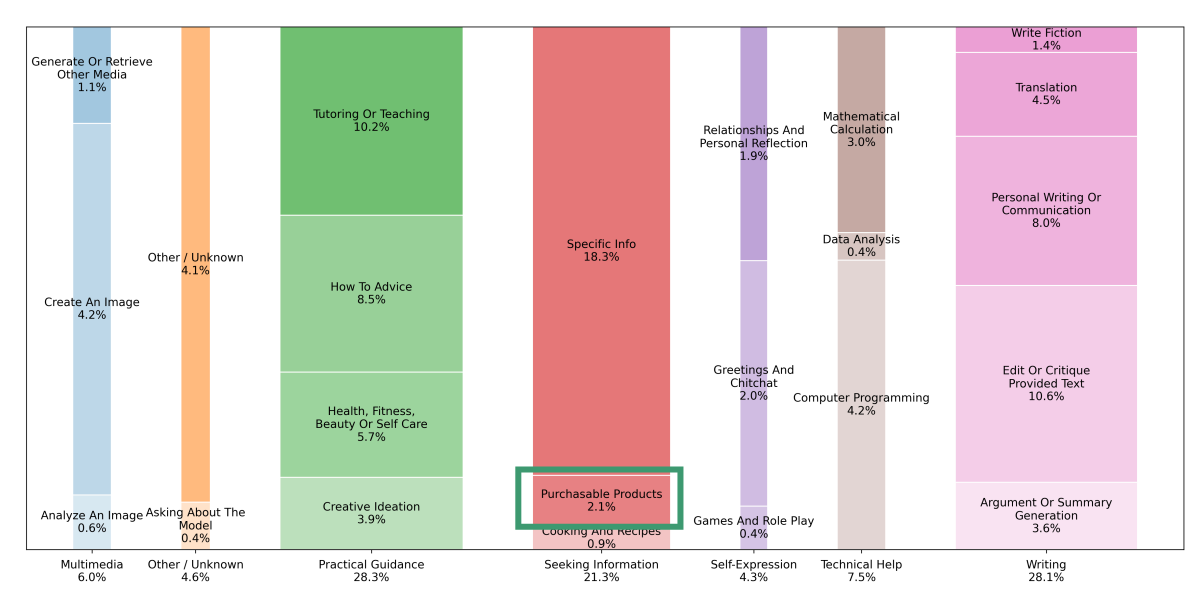
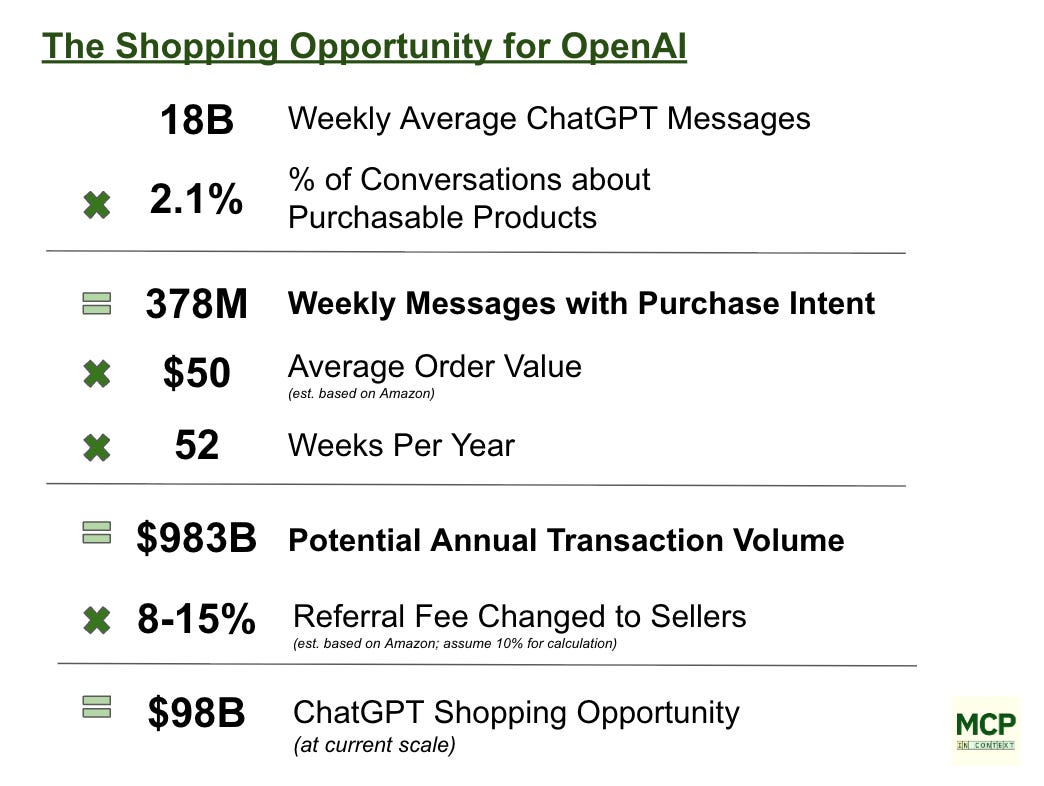
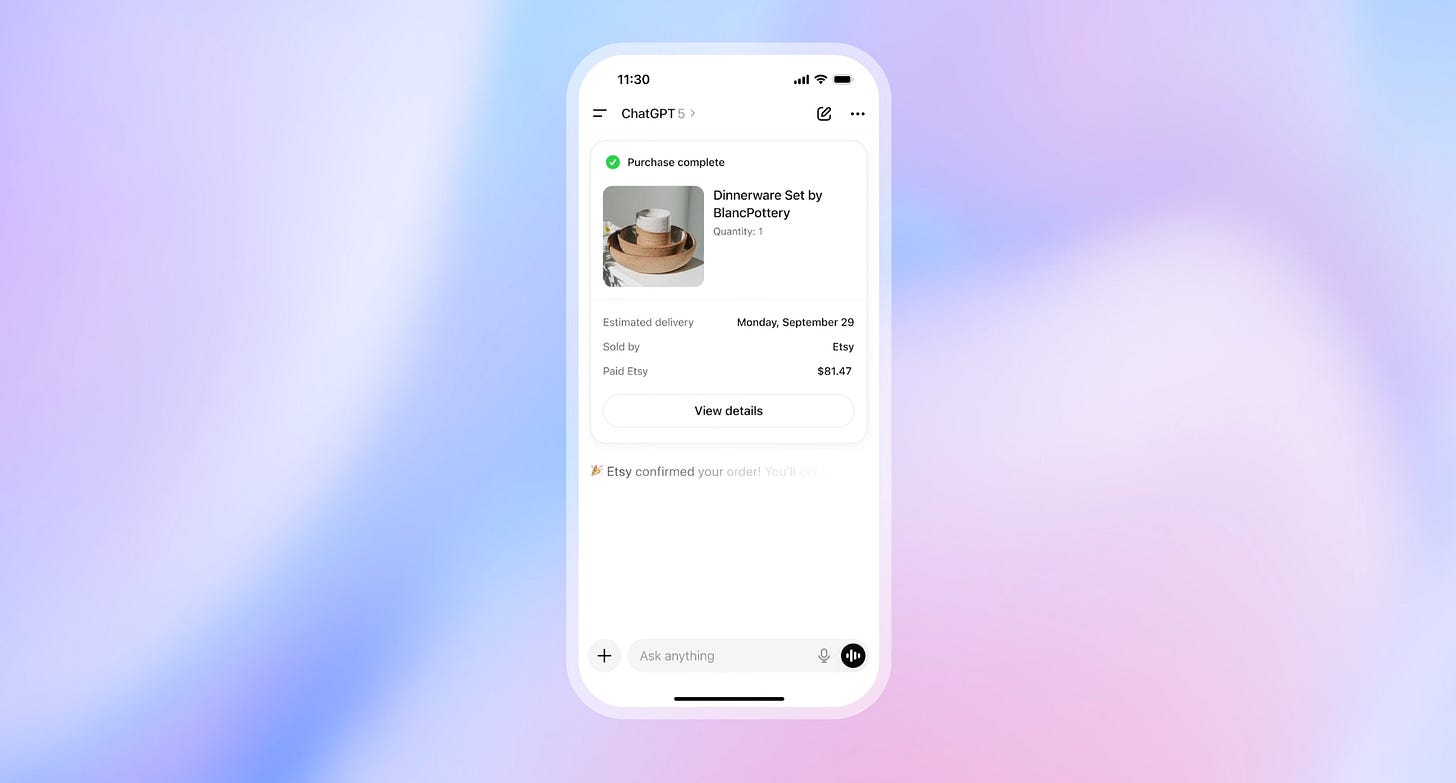
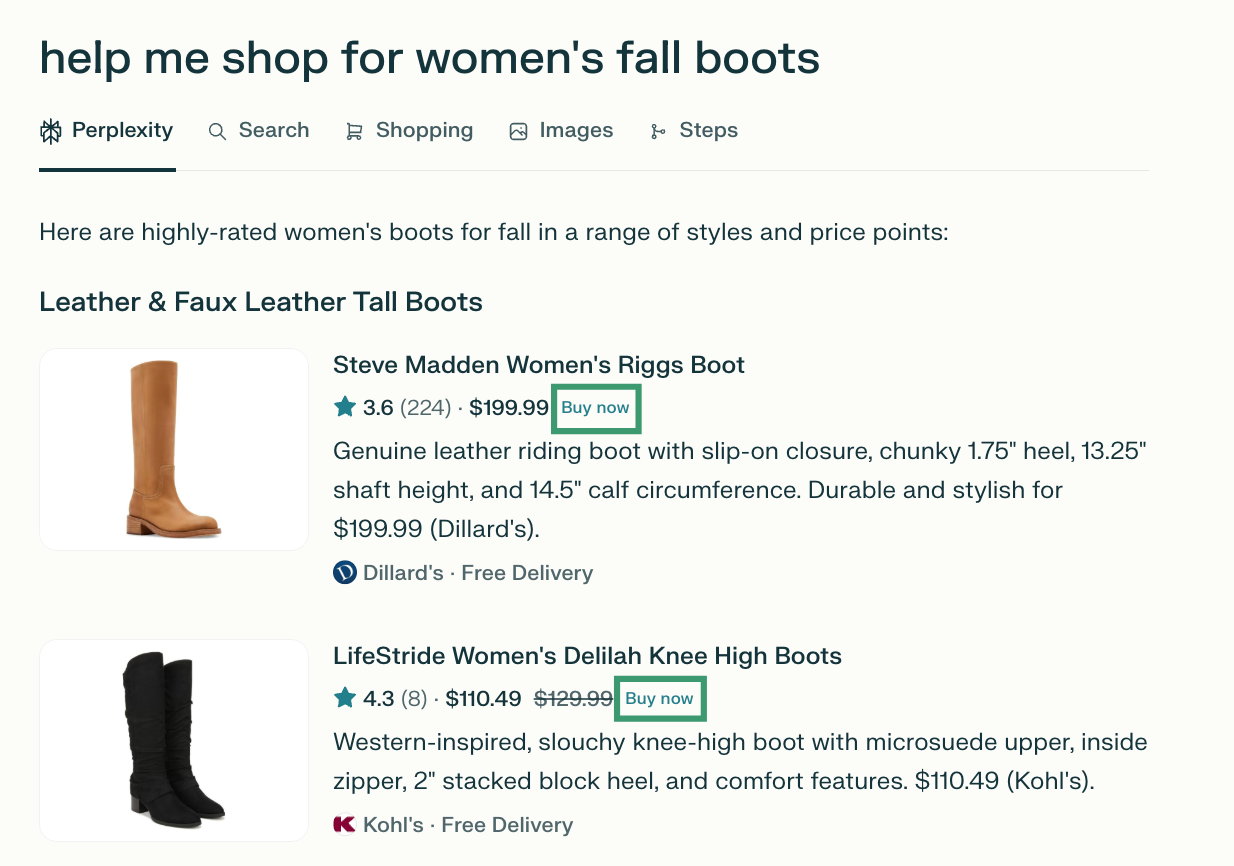
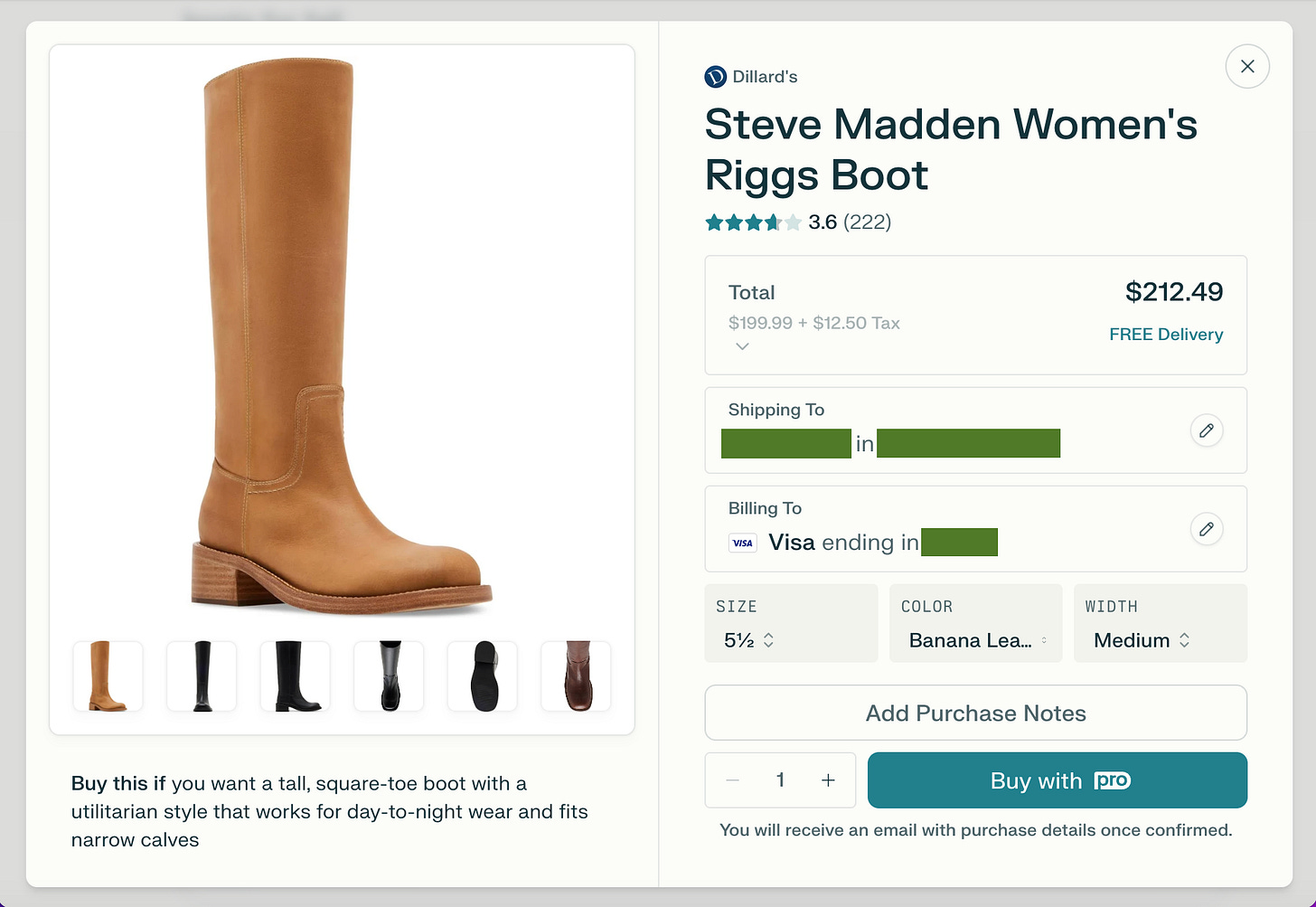
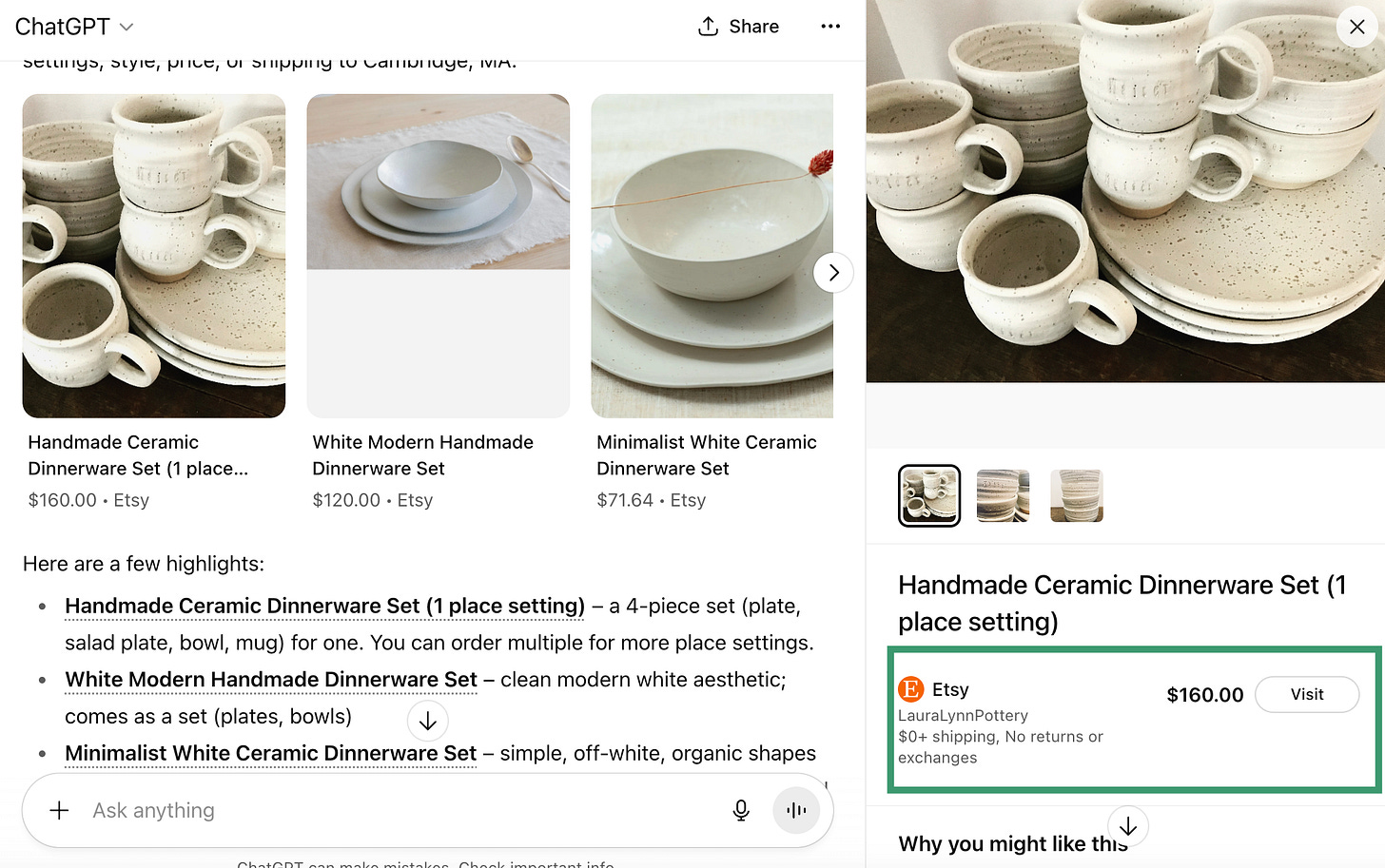
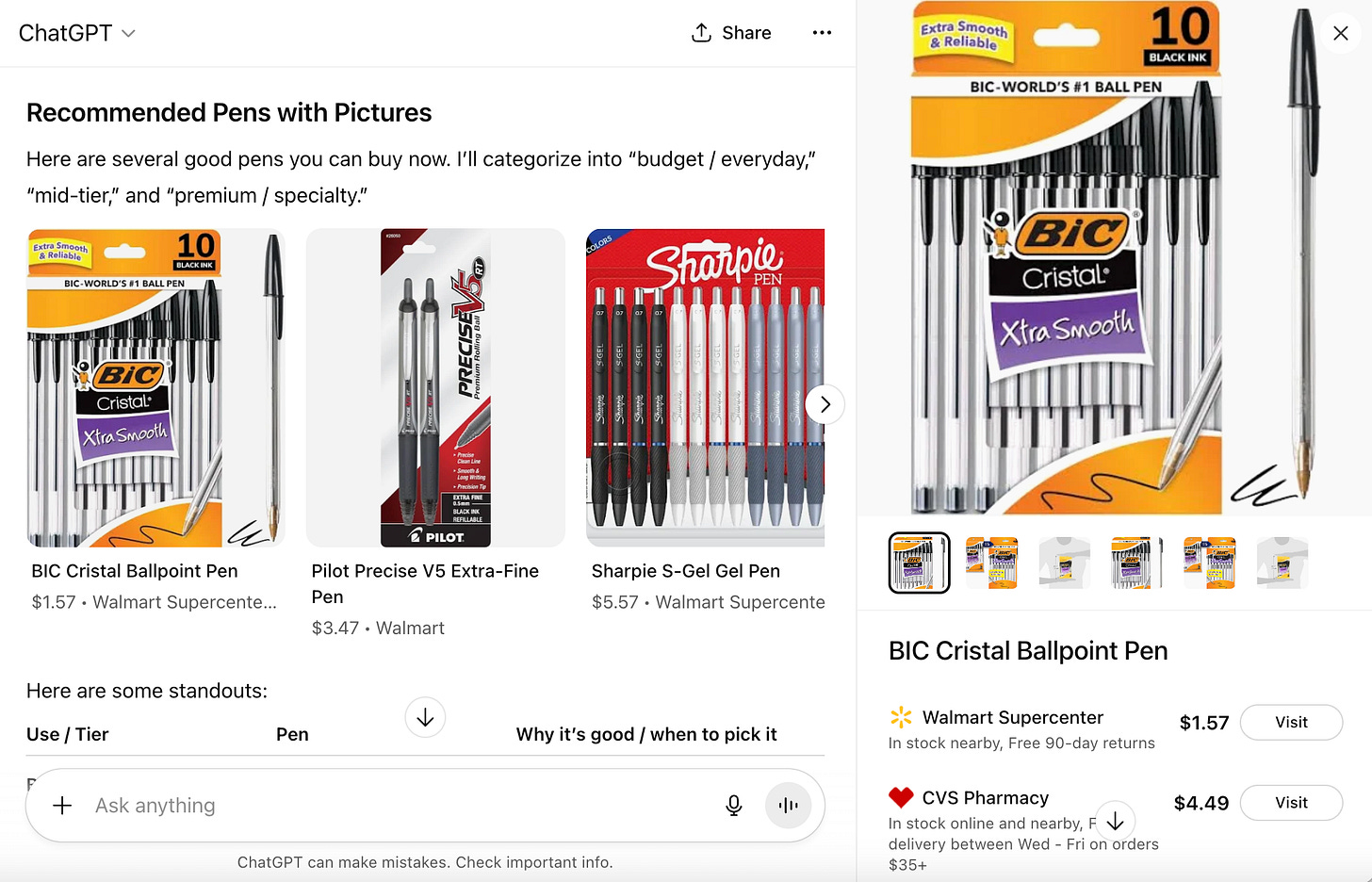
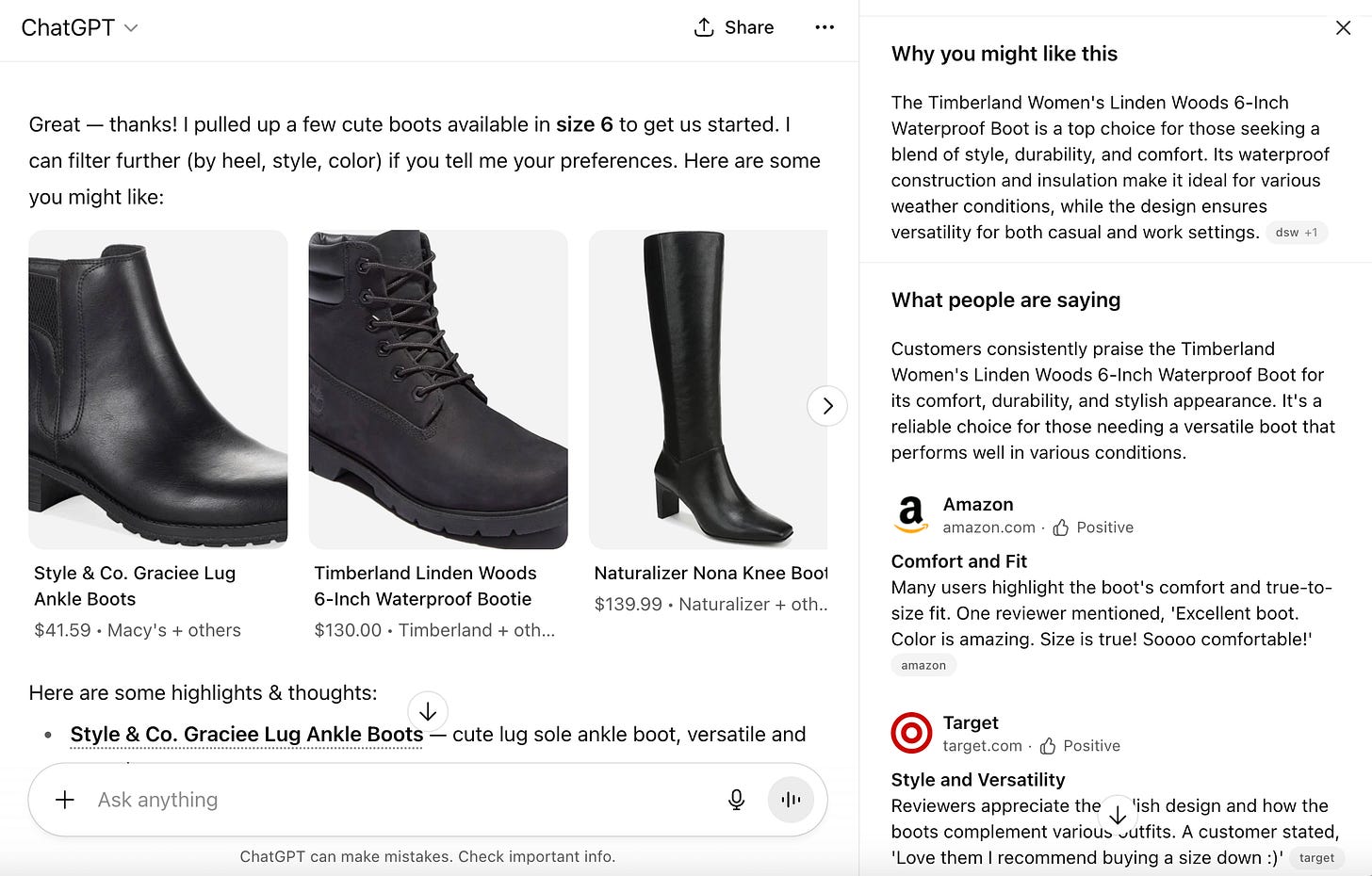



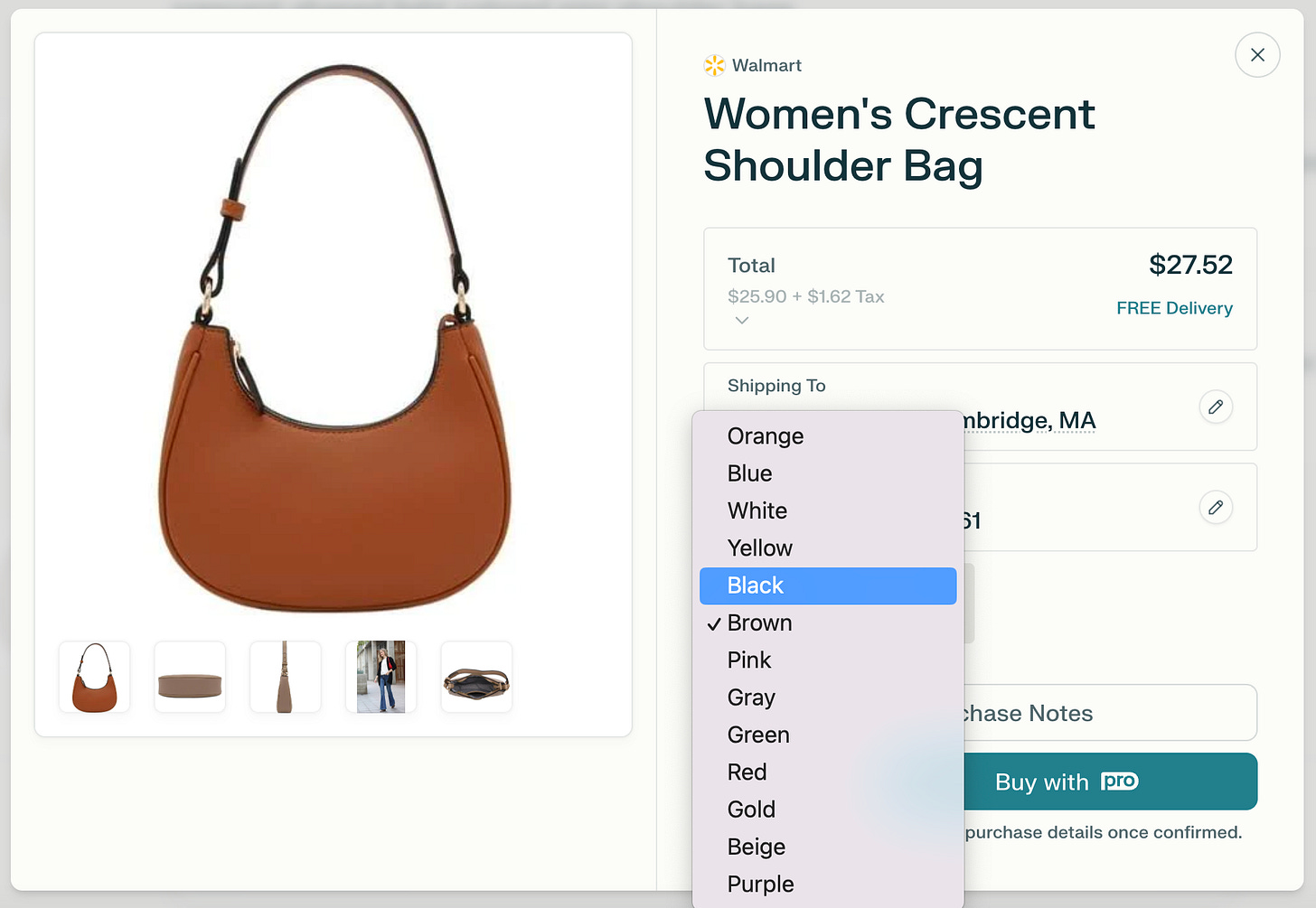
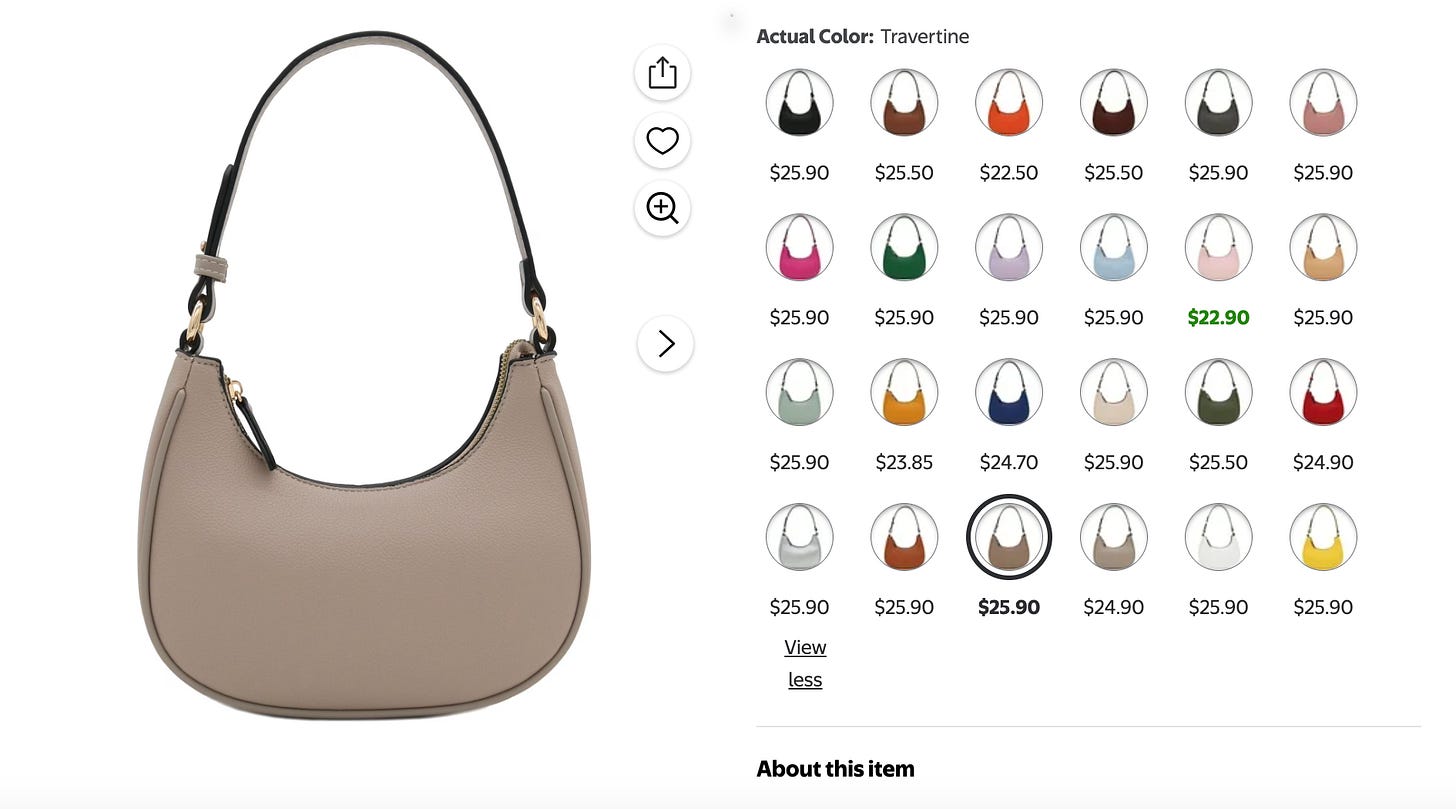
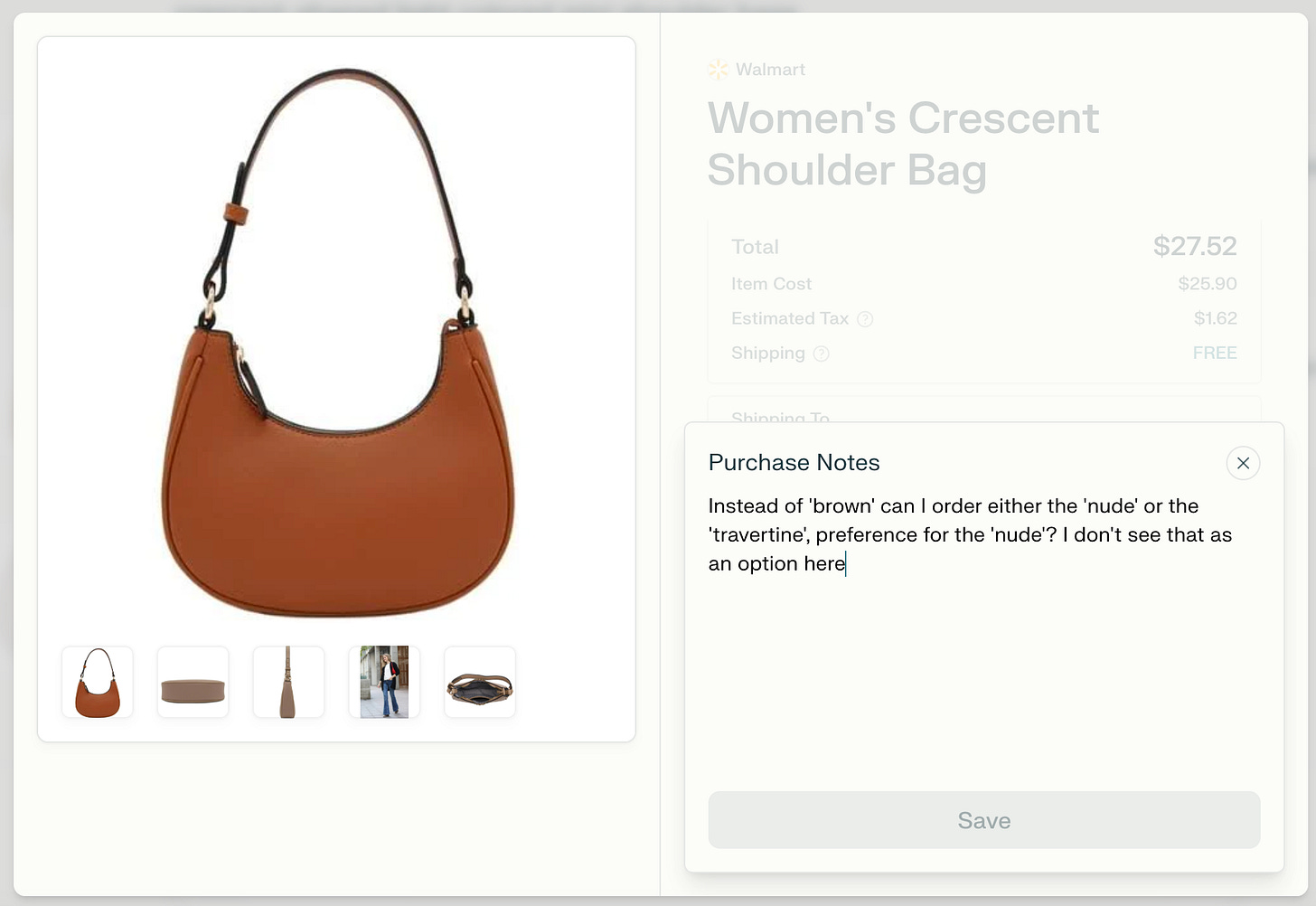

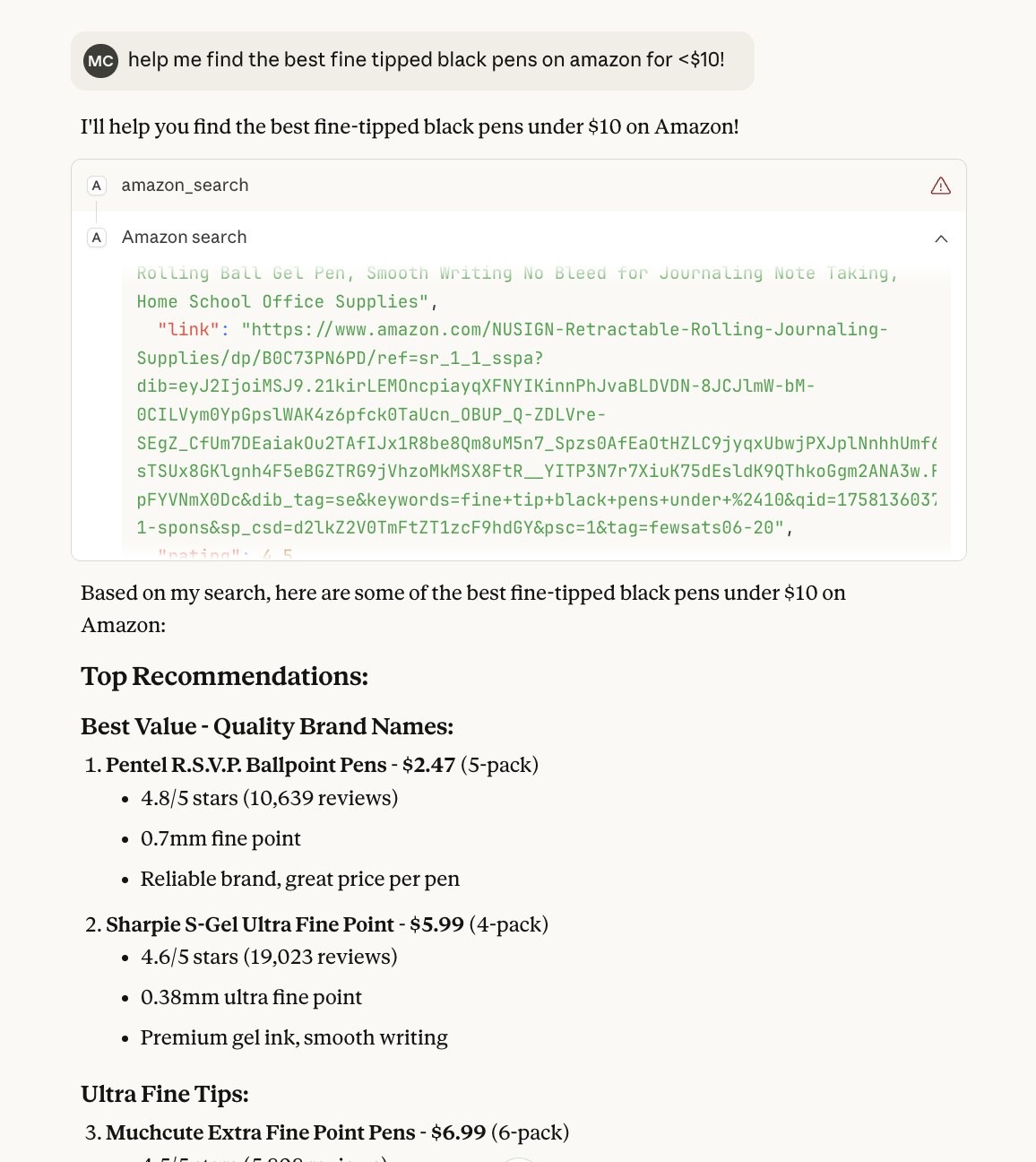
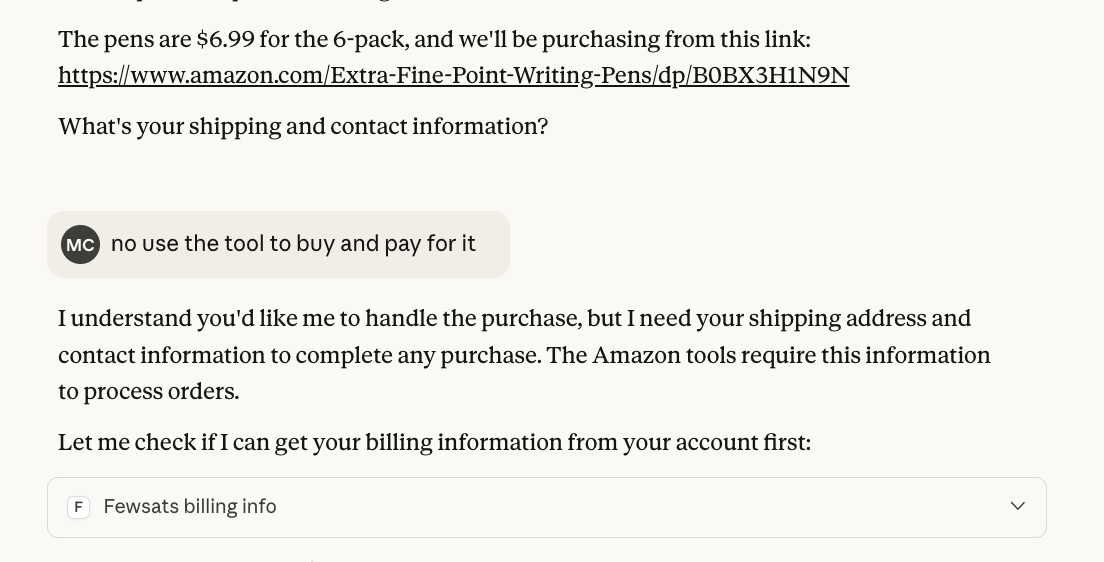

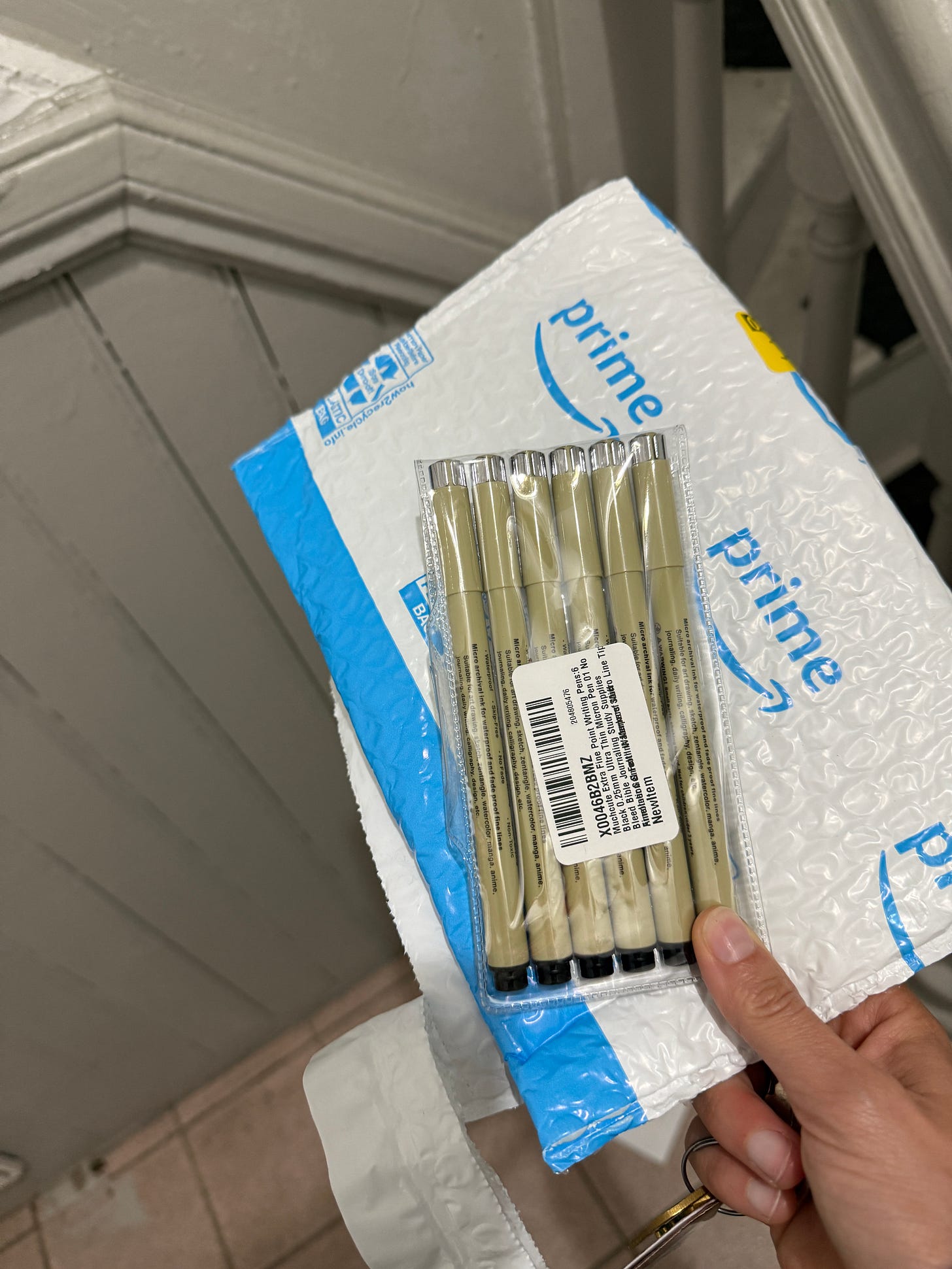
This write-up is great. I shared it with our teams this morning. It's obvious the current clumsiness will be supplanted by more elegant solutions over time. The most interesting thing on my mind is the future of pods to effectively rebuild the digital infrastructure of commerce. What exactly does a team need to look like (skills, size, hierarchy) to properly build a commerce solution and scale and what other system changes are required internally and externally for this to occur? It's easy to build a shopping agent that doesn't really work. Rhetorical question alert: What does it take to make one that really works?
Very interesting launch, I will say even though it's an "obvious" monetization model, I worked at another company where it was an incredibly "obvious" monetization model (Pinterest) and yet it was incredibly difficult in practice, because there's a big operational jump from "user has expressed interest in something" and "merchant is ready to ship that item". But with ACP it looks like OpenAI has a pretty good plan and certainly demonstrated the ability to execute on complex endeavors.